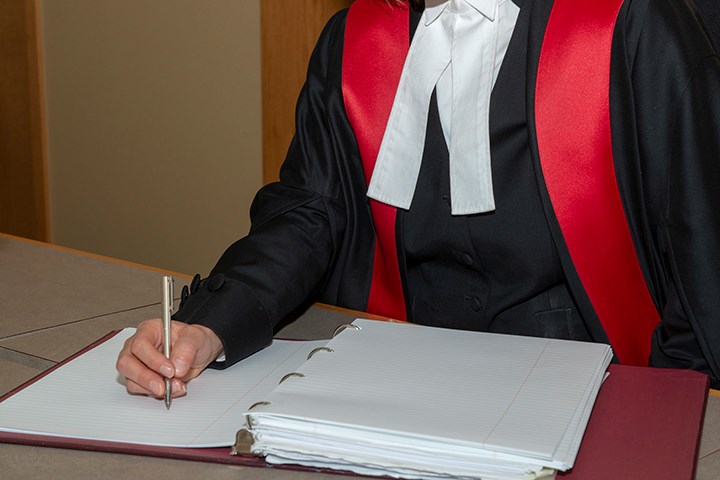A B.C. Supreme Court Justice has ruled in favour of a Prince George woman who appealed a conviction for distracted driving on the basis that she was using a two-way radio.
In a decision issued May 13, Justice Terence Shultes agreed with Tania Louisa Shelford that the devices are allowed for use by industry while driving.
Shelford had been driving a company van on July 2019 when an RCMP officer pulled her over and issued a her ticket after noticing her looking down at what appeared to be a phone in the centre console area.
Shelford fought the ticket but a lower court justice found she was in the wrong.
From there, she took the matter to the B.C. Supreme Court where, during a trial in November 2020, she provided a circular from the Superintendent of Motor Vehicles that shows two-way radios as a permitted use.
In upholding the fine, the lower court justice made the determination on the basis that the microphone was not securely fixed to the vehicle. However, Schultes found that in doing so, the lower court justice overlooked a requirement in the regulation governing the use of electronic devices while driving that a states hand microphones must be "both receiver and microphone."
"In the case of mounted two-way radios, the hand unit is just the microphone for the user and the receiver is the mounted radio unit to which (it) is connected," Schultes says in the decision. "Despite the fact that this microphone could be removed from its holder Ms. Shelford explained in cross-examination that '[t]he radio [that is, the part that functions to receive and broadcast signals] was permanently attached.'"
As such, Schultes found the regulation agrees with Shelford's interpretation of the circular.
During the trial before Schultes, Shelford testified that when she uses the radio's microphone, she holds it low and may have glanced at it while passing the RCMP officer. Shelford also told the court she had used that van for two years and “instinctively” knew where the microphone was located.
Crown counsel had sought to uphold the conviction and pointed to a case in which a driver was fined for using a cellphone that, despite its charging cord being plugged in, the judge found was not to have been securely fixed to the vehicle.
In response, Shelford argued that was a moot point because the device she was using does not meet the definition for hand microphones.



